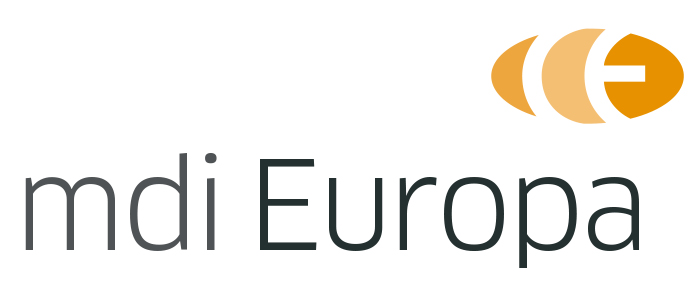The European Commission has recently updated the common specifications (CS) for certain high-risk in vitro diagnostic medical devices (IVDs) under Regulation (EU) 2017/746 (IVDR). The revised proposed text outlines new detailed CS for detecting Hepatitis E virus, Toxoplasma gondii, Plasmodium spp., and four types of arboviruses.
The deadline for feedback on these amendments was September 16. This update comes two years after adopting the original CS and aims to enhance the regulatory framework for these products in the European Union.
According to amending regulation (EU) 2024/1860, legacy class D IVDs must comply with the new IVDR rules by December 31, 2027. The Commission has introduced CS to focus on the technical performance characteristics of IVDs due to insufficient coverage by harmonised standards. This is to address public health concerns related to significant risks associated with the use of these devices. In addition to the 13 IVD categories covered by the original amending regulation adopted in 2022, seven new CS are now included.
Source: Medtech Insight (an Informa product)
Accompanying this subject we recommend the following content on our website
- EU’s first reference laboratories for high-risk Class D IVDs
- EU’s Implementing Regulation on Common Specifications for class D IVDs





